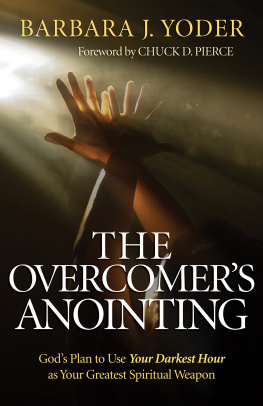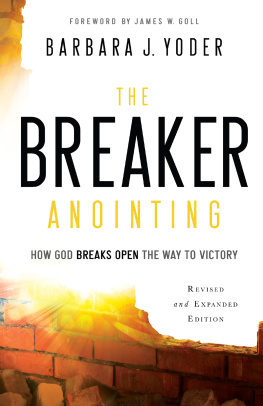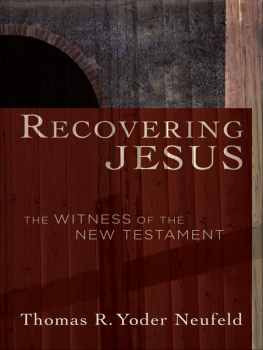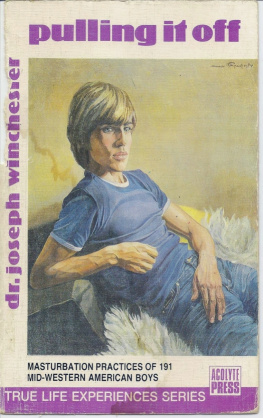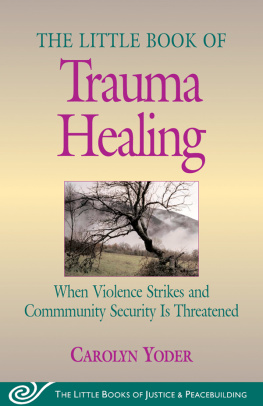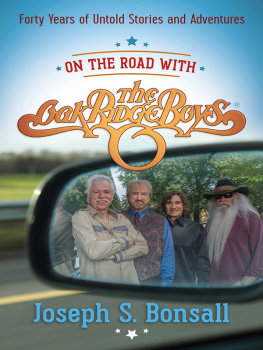
This edition is published by Papamoa Press www.pp-publishing.com
To join our mailing list for new titles or for issues with our books papamoapress@gmail.com
Or on Facebook
Text originally published in 1948 under the same title.
Papamoa Press 2018, all rights reserved. No part of this publication may be reproduced, stored in a retrieval system or transmitted by any means, electrical, mechanical or otherwise without the written permission of the copyright holder.
Publishers Note
Although in most cases we have retained the Authors original spelling and grammar to authentically reproduce the work of the Author and the original intent of such material, some additional notes and clarifications have been added for the modern readers benefit.
We have also made every effort to include all maps and illustrations of the original edition the limitations of formatting do not allow of including larger maps, we will upload as many of these maps as possible.
ROSANNAS BOYS
A Sequel to Rosanna of the Amish
BY
JOSEPH W. YODER
TABLE OF CONTENTS
DEDICATION
Dedicated
to
My Beloved Parents
Christina Z. Yoder
and
Rosanna McGonegal Yoder
PREFACE
Rosanna of the Amish is the life story of a baby, Rosanna McGonegal, born Irish Catholic, orphaned at the age of five days, raised by a devout Amish woman, and so became a devout Amish woman herself. The book portrayed Rosannas life as it developed, showing in story form many of the customs of the Amish people, but the facts had to be gathered from the story. In this sequel the customs of the Amish people are stated more definitely, showing the strenuousness of their lives in religion, and in their daily toil. The Amish may not be entirely right in all their interpretations of the Bible, and in their religious practices, but one thing is certain, to them religion is the chief concern of their lives.
In Rosannas Boys the influence of the Irish Catholic relatives can easily be seen as it appears in the struggle between Amish conservatism and a greater freedom in dress and conveniences of the Catholic relatives.
In the story, The Church with the Overshot Wheel, first written by OHenry, the author uses a few of the psychological patterns of the original, but gives the story a setting in the Kishacoquillas Valley and a distinctly Amish background in which the chief character, David Byler, embodies and portrays all of the finest virtues in Amish life.
The other story, Lonesome Clearing, is told verbatim, as the author heard Dr. Charles Lose tell it at an assemblage of Clearfield County teachers. Since the story was never published in book form, the author records it here as a loving tribute to Dr. Lose, an eminent educator, and a gentleman of culture and understanding. When asked whether the author might tell this story upon occasion, Dr. Lose said, Certainly, you cannot do me a greater honor than to tell my story, so we hope that recording it here will preserve it for the pleasure of future generations.
The Amish poems are included for the pleasure of the people who still speak and enjoy the palatinate German. The translations are free translations with no effort to maintain the rhyme or rhythm.
All customs and practices herein described are exactly as carried out by the Old Order Amish. There is a slight variation of these customs and practices in various communities, but the difference is very slight, having been held unchanged for well onto two hundred and fifty years.
LIST OF ILLUSTRATIONS
An Amish Homestead
Grandfathers House
Old Home
Where Barbara Now Lives
Our Homestead
Yost and the Six-horse Team
Levi
Levi and His Pony, Laury
John
Aunt Margaret Reese
Uncle Will McGonegal
Uncle John McGonegal
Mother (from a drawing)
Where Yost and Barbara Lived
Father
Das Lobsang
Wachet Auf
The Ausbund
Sich! Wie Lieblich
In Der Stillen Einsamkeit
CHAPTER 1Big Valley
The Kishacoquillas Valley, commonly known as Big Valley, in central Pennsylvania, is one of the most picturesque spots in the entire country. Picturesque because it looks as though the hand of God had carved it right out of the mountains and had fashioned it for the enjoyment of man. It lies between Stone Mountain on the northwest and Jacks Mountain on the southeast, ranges of the Blue Ridge Mountain system extending in a northeasterly direction from Tennessee to New York. The valley is thirty-five miles long and four miles wide, is somewhat pear shaped with the broader end lying to the northeast. It is entirely surrounded by mountains which are as even on top as if the hand of nature had taken a great pair of shears and had trimmed them as evenly on top as a gigantic stone wall. At only two places does water flow out of the valley, at the southeast end and at the southwest end. The broad Kishacoquillas Creek flows east and Stone Creek southwest. Between these mountains rich farms extend from side to side with here and there a gently sloping hill. For the most part the valley soil is rich limestone, and heavy fields of waving grain and fragrant fields of blossoming clover bear glowing testimony to its deep fertility. Here Amish farmers seem to vie with each other in seeing who can have the straightest corn rows and drill rows, and fence rows, cleanest of brush and briar. As tourists journey through the Kishacoquillas, it is not uncommon to hear them say, This is the most beautiful agricultural valley we have ever seen, while others say, A veritable garden spot.
The farm buildings of the valley are outstandinglarge red barns, commodious hog houses, chicken houses, milk houses, large well kept gardens and, probably best of all, spacious dwellings. Some farmsteads almost take on the appearance of miniature villages, and as one looks over the valley from some vantage point he is impressed with three ideas: order, abundance and peace.

So far as can be learned, the first Amish people to come to America were Barbara Yoder and her eight sons, the husband having died at sea. They arrived in Philadelphia about 1714, and immediately moved northward and settled in the rich Oley Valley in what is now Berks County. Other Amish, Zooks, Hartzlers, and Kauffmans soon followed and by 1790 they had pushed as far west as the Lost Creek Valley in Juniata County, and the Kishacoquillas Valley in Juniata County, and the Kishacoquillas Valley in Mifflin County. Our own forebear, Joseph Yoder of Earl Township, Lancaster County, came to the valley in 1796 and bought one thousand acres of land from Captain John Armstrong, who had received this land from the William Penn heirs, for his services in the French and Indian War. Captain Armstrong built a log barn and a large stone house on this tract which was occupied by succeeding generations of Joseph Yoder for one hundred and thirty-two years. It will be remembered that Little Crist Yoder, husband of Rosanna, was born in this house, and owned part of this tract for his entire life. The house is still standing, and is in good repair.





